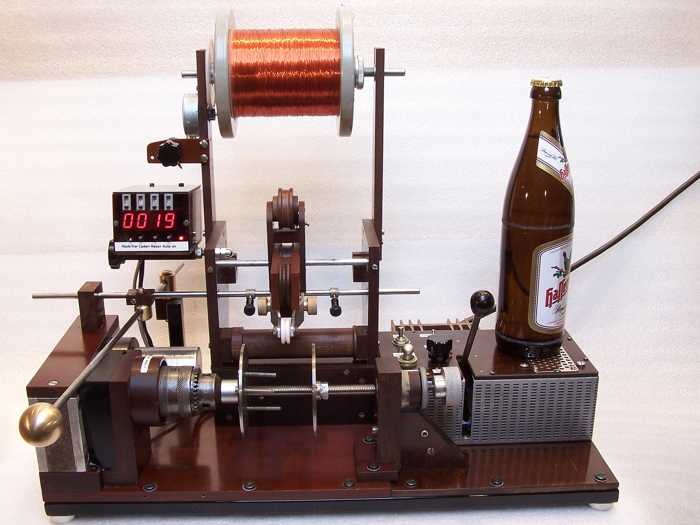CJ
Well-known member
Thats some cool stuff, cheap too!
It would take my brain a year or two to learn PLC's.
The manual for one unit I looked at was 500 pages!
Too hyper to get thru all that.
Looks like 5 khz is max input freq.
I need 200 Khz.
Off note:
I was talking to the Triad guys about how they did the winding in the old days.
The would wind small coils, 35 at a time!
The wire was kept on a "Christmas Tree" type of rack.
The interlayer insulation was applied all at the same time, one big sheet for all 35 coils. Then, after the winding was done, they would take the row of coils off the mandrel, over to the band saw, where they would cut the coils apart!
I always thought that the thin interlayer insl was done one sheet at a time, this explains how they could getr the price point down.
It would take my brain a year or two to learn PLC's.
The manual for one unit I looked at was 500 pages!
Too hyper to get thru all that.
Looks like 5 khz is max input freq.
I need 200 Khz.
Off note:
I was talking to the Triad guys about how they did the winding in the old days.
The would wind small coils, 35 at a time!
The wire was kept on a "Christmas Tree" type of rack.
The interlayer insulation was applied all at the same time, one big sheet for all 35 coils. Then, after the winding was done, they would take the row of coils off the mandrel, over to the band saw, where they would cut the coils apart!
I always thought that the thin interlayer insl was done one sheet at a time, this explains how they could getr the price point down.





































